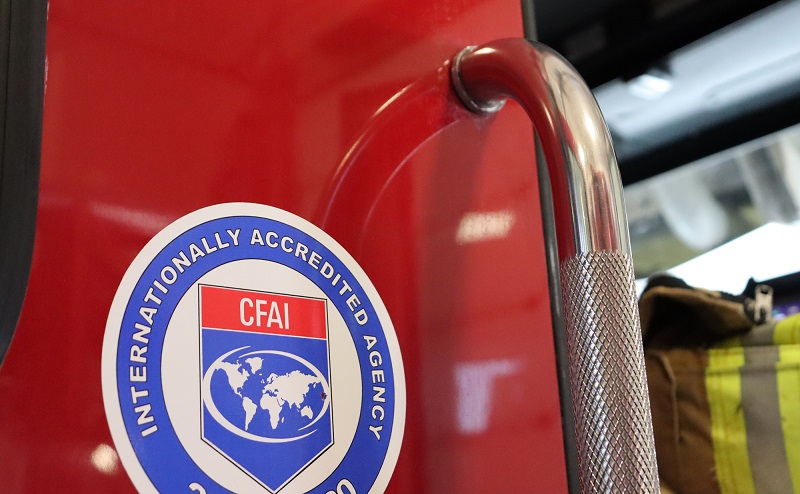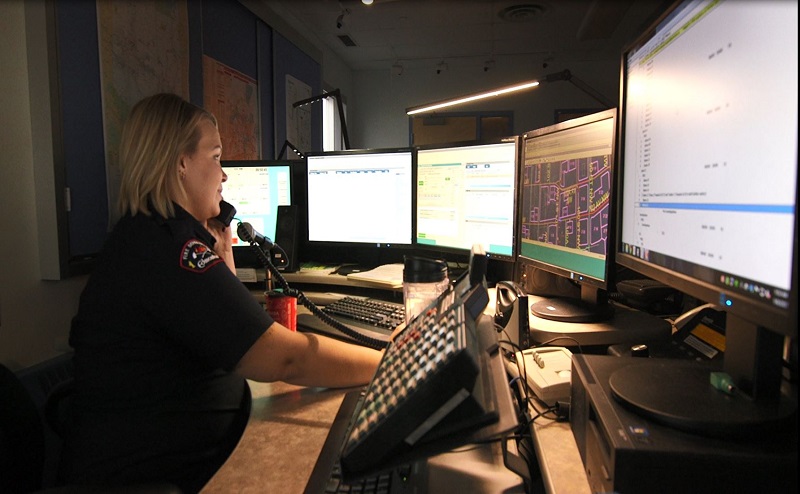All 911 calls forwarded to Edmonton Fire Rescue Services are coordinated by the Emergency Communications Specialists at the Emergency Response Communications Centre (ERCC), commonly referred to as Dispatch Services.
ERCC's target is to evaluate a call within 60 seconds and dispatch fire crews within 30 seconds, 90% of the time.



